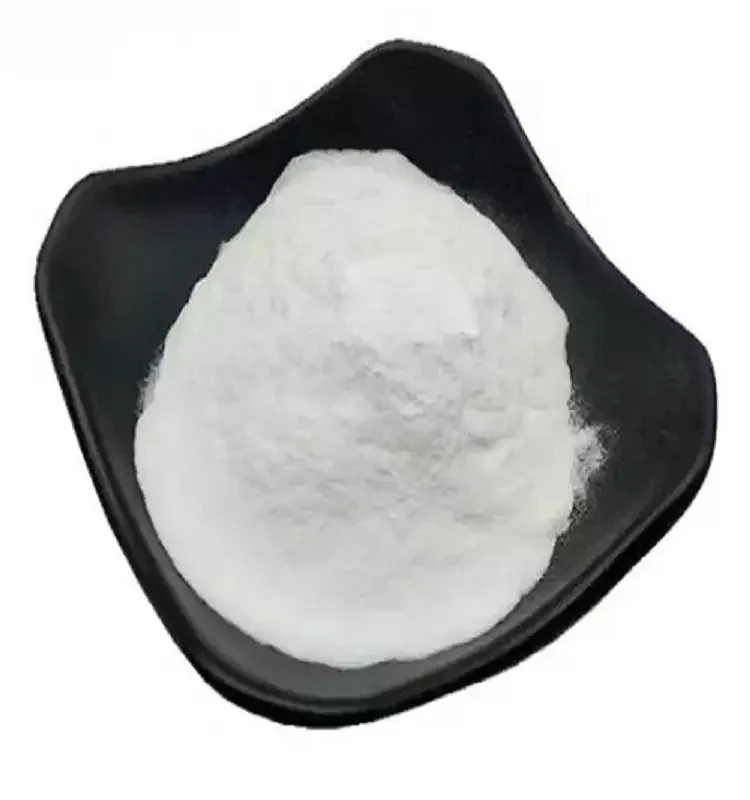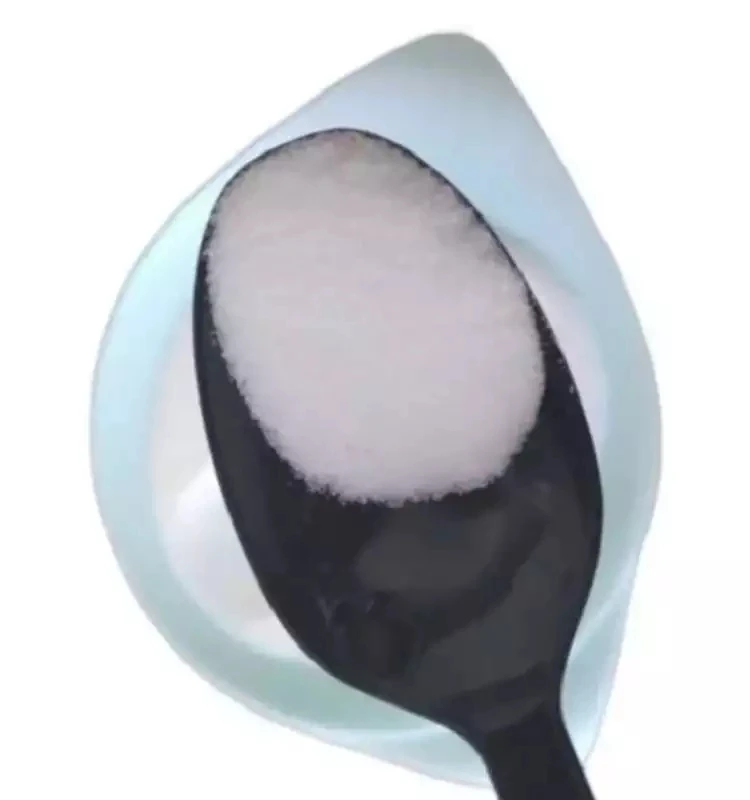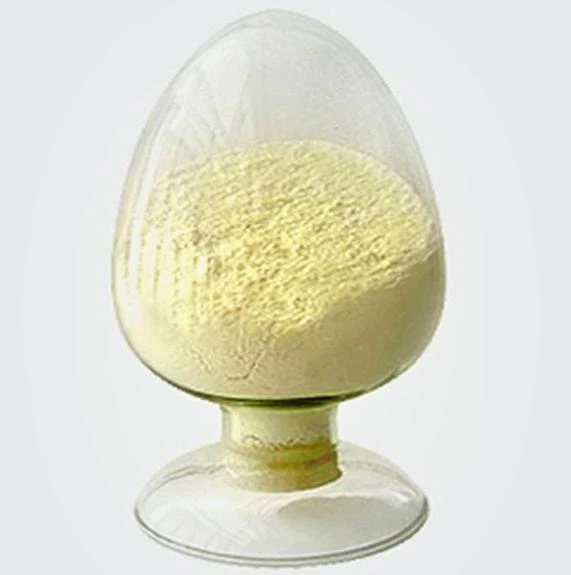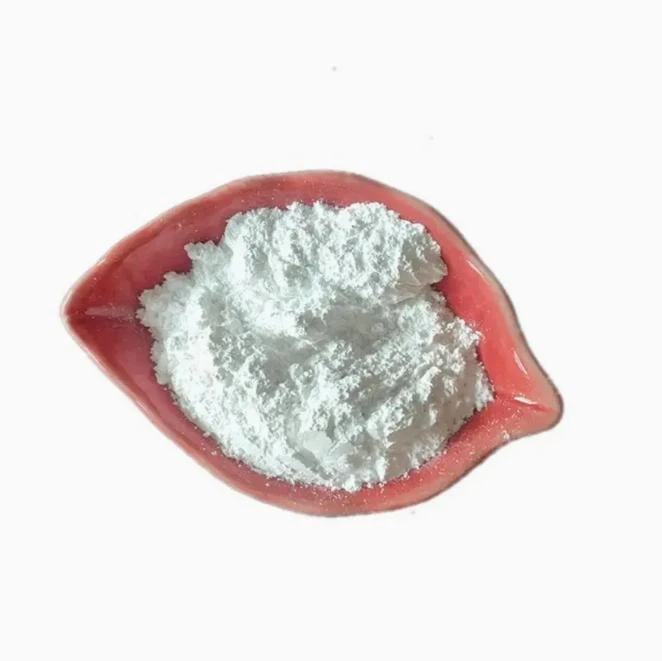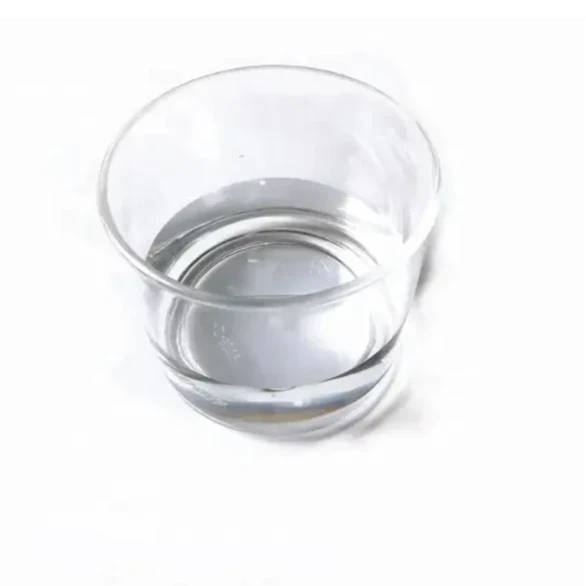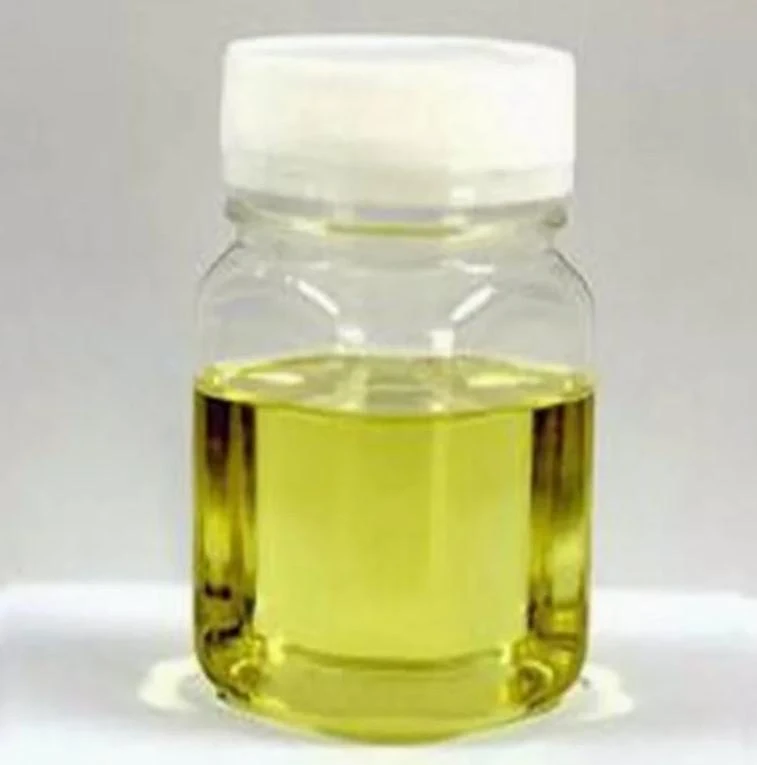Warning: Undefined array key "file" in /home/www/wwwroot/HTML/www.exportstart.com/wp-content/themes/1198/header.php on line 7
Warning: Undefined array key "title" in /home/www/wwwroot/HTML/www.exportstart.com/wp-content/themes/1198/header.php on line 7
Warning: Undefined array key "title" in /home/www/wwwroot/HTML/www.exportstart.com/wp-content/themes/1198/header.php on line 7
- Awherika
- Albanian
- Amharic
- Arapi
- Arameni
- Azerbaijani
- Basque
- Belarusian
- Bengali
- Bosniana
- Bulgarian
- Katarana
- Cebuano
- Haina
- Haina (Taiwan)
- Korihika
- Koroatiana
- Czech
- Teniana
- Tatimana
- Ingarihi
- Esperanto
- Estonian
- Finnish
- Wīwī
- Frisian
- Kariri
- Georgian
- Tiamana
- Kariki
- Gujarati
- Haiti Creole
- hausa
- hawaii
- Hiperu
- Kao
- Miao
- Hungarian
- Tiorangi
- igbo
- Initonia
- Irish
- Itari
- Hapanihi
- Hawaana
- Kannada
- Kazakh
- Khmer
- Rwandan
- Koreana
- Kurdish
- Kyrgyz
- TB
- Latina
- Latvian
- Lithuanian
- Luxembourgish
- Makeronia
- Malgashi
- Malay
- Malayalam
- Marite
- Maori
- Mareti
- Mongolian
- Myanmar
- Nepali
- Norewai
- Norewai
- Occitan
- Pashto
- Pahia
- Porohia
- Potiti
- Punjabi
- Romanian
- Ruhia
- Hamoa
- Scottish Gaelic
- Serbian
- Ingarihi
- Shona
- Sindhi
- Sinhala
- Slovak
- Slovenian
- Somali
- Paniora
- Hatana
- Swahili
- Huitene
- Tagalog
- Tajik
- Tamil
- Tatara
- Telugu
- Thai
- Turkish
- Turkmen
- Iukereiniana
- Urdu
- Uighur
- Uzbek
- Vietnamese
- Welsh
- Awhina
- Yiddish
- Yoruba
- Zulu
Glycolic Acid Powder
Glycolic acid CAS NO 79-14-1 is the smallest alpha-hydroxy acid (AHA). Glycolic acid CAS NO 79-14-1 is mainly supplemented to various skin-care products to improve the skin's appearance and texture. It can also reduce wrinkles, acne scarring, and hyperpigmentation. In textile industry, Glycolic Acid CAS NO 79-14-1 can be used as a dyeing and tanning agent. Glycolic acid CAS NO 79-14-1 can also be used as a flavoring agent in food processing, and as a skin care agent in the pharmaceutical industry. Glycolic acid CAS NO 79-14-1 can also be added into emulsion polymers, solvents and ink additives to improve flow properties and impart gloss. Moreover, it is a useful intermediate for organic synthesis including oxidative-reduction, esterification and long chain polymerization.
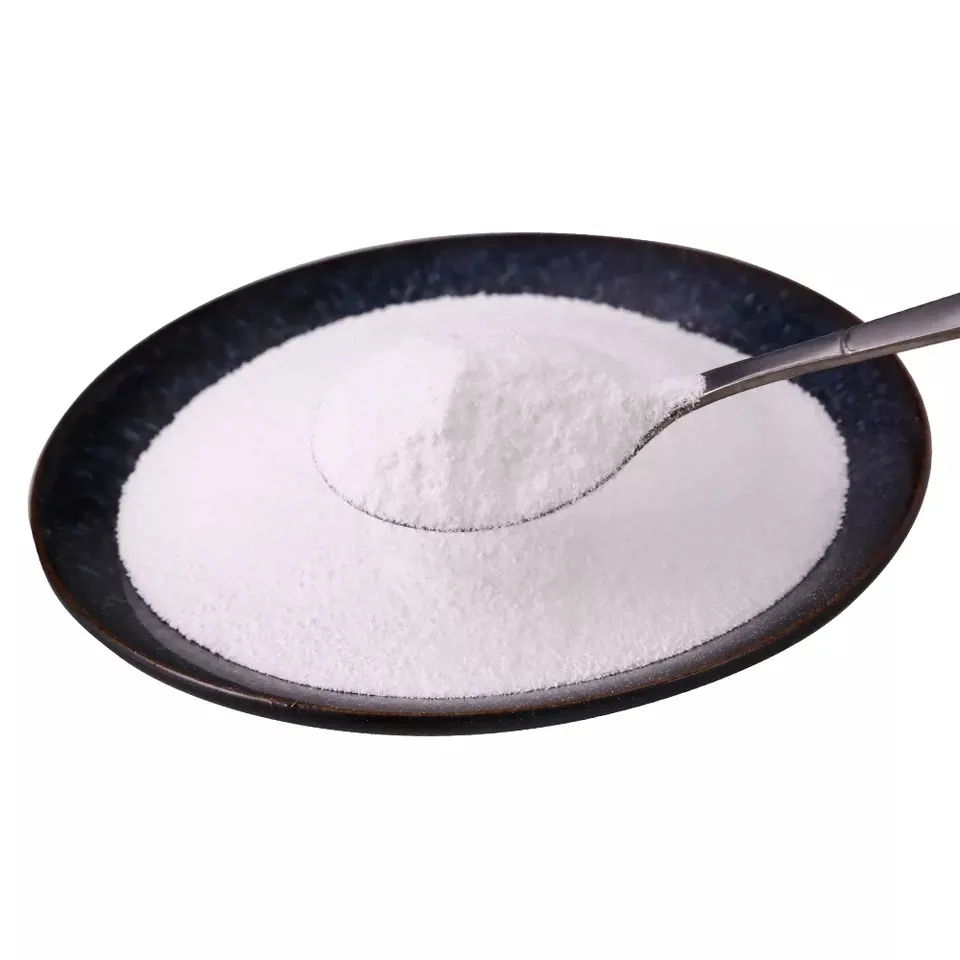

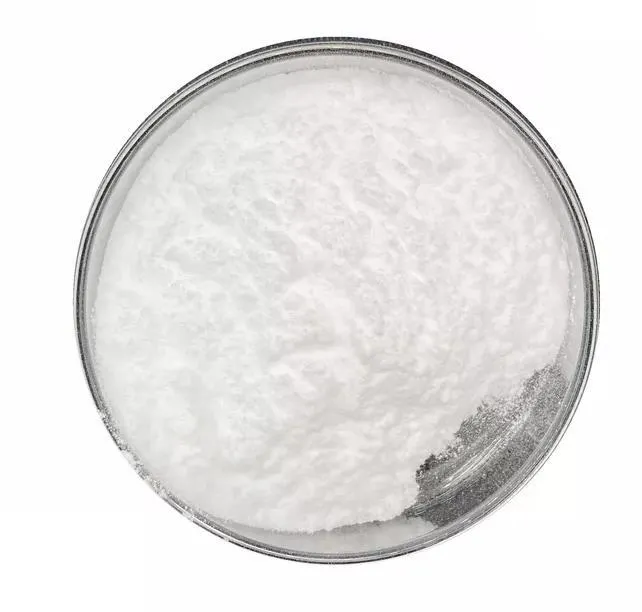
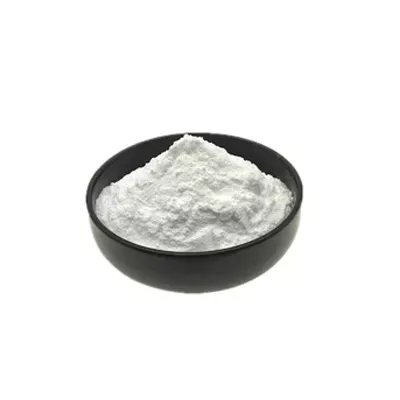
Glycolic acid is used in the textile industry as a dyeing and tanning agent, in food processing as a flavoring agent and as a preservative, and in the pharmaceutical industry as a skin care agent. It is also used in adhesives and plastics.Glycolic acid is often included into emulsion polymers, solvents and additives for ink and paint in order to improve flow properties and impart gloss. It is used in surface treatment products that increase the coefficient of friction on tile flooring.
1. The raw material of organic synthesis can be used to produce ethylene glycol. Glycolic acid is mainly used as cleaning agent. Fiber dyes, detergents, solders, varnishes, copper etchants, adhesives, petroleum demulsifiers and metal chelating agents can be prepared. Sodium and potassium salts of glycolic acid can be used as additives in electroplating bath. Other uses include electrolytic grinding, metal pickling, leather dyeing and tanning agents. It can also be used as a chemical analysis reagent.
It is suitable for cleaning air conditioners. It can react fully with rust, calcium salt and magnesium salt in the equipment to achieve the purpose of scale removal. It is easy to remove calcium carbonate scale and iron scale, and has good treatment effect. The corrosiveness of the material is very low, and there will be no precipitation of organic ferric acid during cleaning. Chemical cleaning with glycolic acid is less dangerous and easy to operate.
3. For organic synthesis and printing and dyeing
4. Sterilization of soap
5. Glycolic acid can be used as a complexing agent for electroless nickel plating to improve the quality of the coating and as an additive for other electroplating or electroless plating.
He maha nga wheketere kounga teitei me te mahi tahi, ka taea e koe te whakarato i nga hua o te kounga teitei me nga utu whakataetae. Ka taea hoki e matou te tuku utu mo nga hokonga nui.A ka mahi tahi matou me te maha o nga kamupene kawe utanga ngaio, ka taea te tuku hua ma te humarie me te pai ki o ringaringa. Ko te wa tuku mo nga ra 3-20 i muri i te whakapumautanga o te utu.
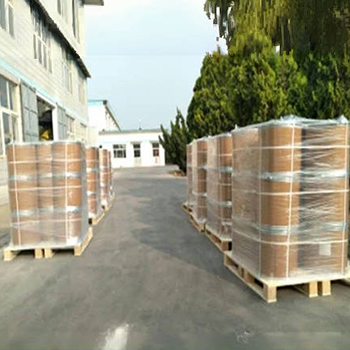



|
Items |
Whakatakotoranga |
Hua |
|
Te ahua |
White crystalline powder |
White crystalline powder |
|
Te whakamatautau |
99% min |
99.46% |
|
Water |
0.5% max |
0.23% |
|
Chloride |
10ppm max |
2ppm |
|
Sulfate |
100ppm max |
15ppm |
|
Fe |
10ppm max |
1ppm |
Glycolic acid, also known as glycolic acid and glycolic acid, is also an important organic synthesis intermediate and chemical product, widely used in organic synthesis, cleaning, electroplating, textile, leather, sterilization and other industries
It is an important chemical raw material, used as a raw material for the manufacture of ethylene glycol, menthyl glycolate and quinine glycolate. It can also produce tanning agents, hair dyes, leather dyes, fiber dyes, adhesives, metal chelating agents, petroleum demulsifiers, electrochemicalbook plating agents, aluminum plate etching agents, crosslinking agents for cellulose fabrics, stainless steel electropolishing agents Wait. It is also used as a cleaning agent and disinfectant in food processing plants and cattle and sheds, boiler anti-scaling agent, copper and other metal surface treatment agents, and the preparation of skin care cosmetics.

1. He wheketere koe, he kamupene hokohoko ranei?
He kamupene matou e whakauru ana i te ahumahi me te hokohoko, e whakarato ana i te ratonga kotahi-mutu. Ka taea e OEM te whakaae.
2. Kei te whakarato koe i nga tauira? He kore utu, he taapiri ranei?
Ko nga tauira kore utu.Ko te utu utauta a te tauira me utu e to taha.
3. Kei a koe etahi tiwhikete e pa ana ki te mana kounga?
ISO 9001: Tiwhikete 2008 hei whakarite i te kounga.
4. He aha te mea me whakarato e au ki te tiki korero?
Pls whakamohio mai ki a matou mo te momo hua e hiahiatia ana e koe, te rahinga ota, te wahitau me nga whakaritenga motuhake.Ka mahia te korero mo to tohutoro i te waa.
5. He aha te ahua o te tikanga utu e pai ana koe? He aha nga momo tikanga e whakaaetia ana?
Nga Tikanga Tukunga Whakaaetia: FOB,CFR,CIF,EXW;
Moni Utu Whakaaetia:USD;
Momo Utu Whakaae: T / T, Western Union; Paypal, Tauhokohoko Tauhokohoko.
Te Reo Korero:Maori.
Nga waahanga hua
-
 May . 13, 20252025 European Fine Chemicals Exhibition in GermanyThe much-anticipated Fine Chemicals Europe 2025 will be held in Germany from June 4 to 5, 2025. The event will bring together industry leaders, innovators and stakeholders in the fine chemicals sector, providing a unique platform for networking, collaboration and showcasing the latest advances in the field.
May . 13, 20252025 European Fine Chemicals Exhibition in GermanyThe much-anticipated Fine Chemicals Europe 2025 will be held in Germany from June 4 to 5, 2025. The event will bring together industry leaders, innovators and stakeholders in the fine chemicals sector, providing a unique platform for networking, collaboration and showcasing the latest advances in the field. -
 May . 07, 20252025 New York Cosmetics Ingredients ExhibitionThe much-anticipated 2025 Cosmetics Ingredients New York will be held at the Javits Center in New York from June 3 to 4, 2025. This event will bring together industry leaders, innovators and enthusiasts from all over the world to discuss the latest trends and advances in the field of cosmetic ingredients.
May . 07, 20252025 New York Cosmetics Ingredients ExhibitionThe much-anticipated 2025 Cosmetics Ingredients New York will be held at the Javits Center in New York from June 3 to 4, 2025. This event will bring together industry leaders, innovators and enthusiasts from all over the world to discuss the latest trends and advances in the field of cosmetic ingredients. -
 Apr . 27, 2025Zibo will host the 2025 International Chemical ExpoZibo, a city known for its thriving chemical industry, will host the 2025 Zibo International Chemical Expo from May 16 to May 18, 2025. This highly anticipated event aims to bring together industry leaders, innovators and stakeholders from around the world to explore the latest advancements and trends in the chemical industry.
Apr . 27, 2025Zibo will host the 2025 International Chemical ExpoZibo, a city known for its thriving chemical industry, will host the 2025 Zibo International Chemical Expo from May 16 to May 18, 2025. This highly anticipated event aims to bring together industry leaders, innovators and stakeholders from around the world to explore the latest advancements and trends in the chemical industry.





